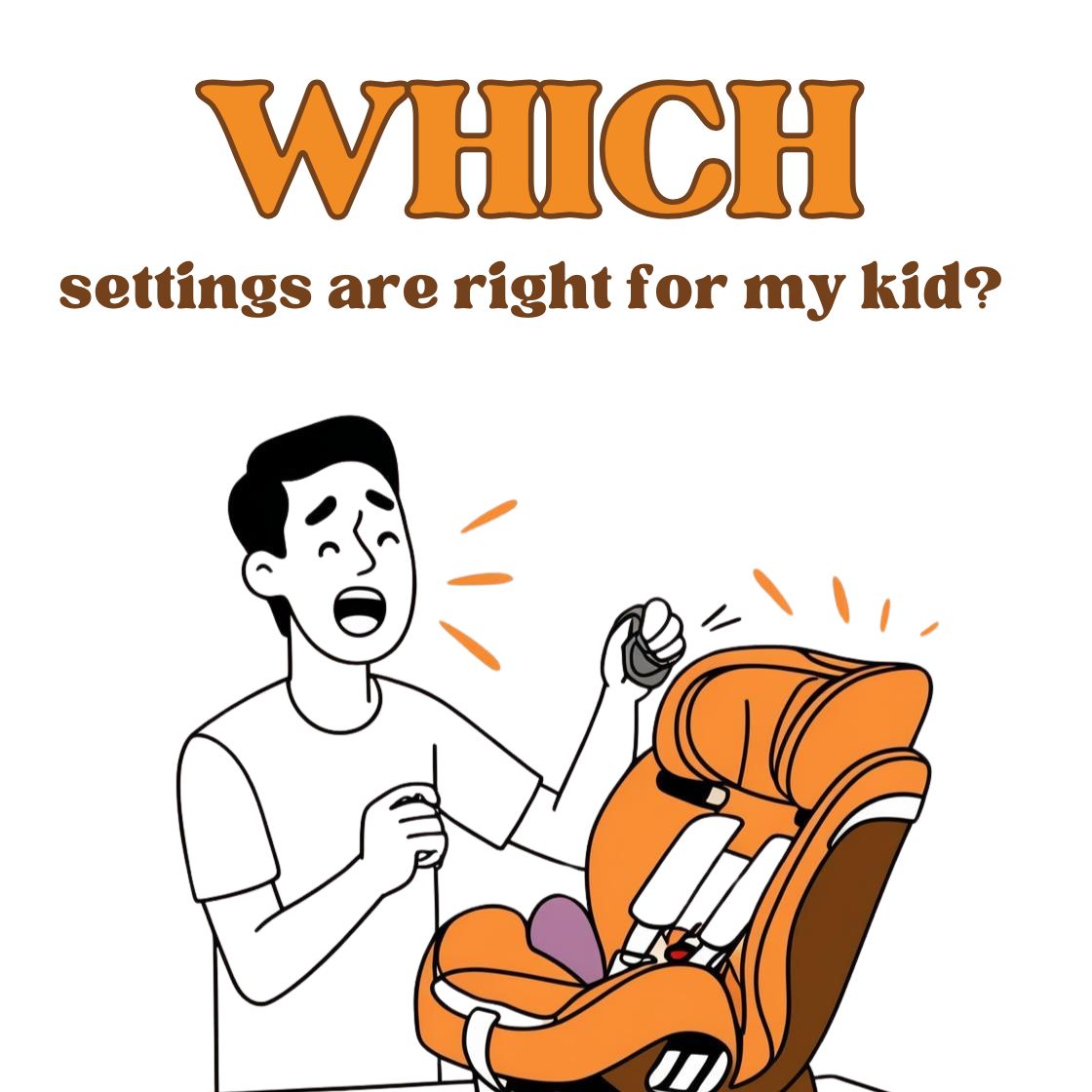
Car Seat Safety: Protecting Our Little Passengers!
Hello, Nature Baby Outfitters families!
Did you know that nearly 60% of car seats and boosters are used incorrectly? (Source: Safe Kids Worldwide) Even more concerning, studies show that approximately 30% of children are transitioned out of car seats too soon, often before they reach the recommended height or weight limits. (Source: National Highway Traffic Safety Administration) As parents, we all know that keeping our kids safe is one of our top priorities. One of the most important—and often overlooked—ways to protect them is through proper car seat safety. This is one of the biggest areas where we can directly help prevent injuries and deaths for children. We want to dive into some quick essential tips to keep your little ones secure during every ride.
Rear-Facing is the Way to Go!
The American Academy of Pediatrics recommends keeping your child rear-facing until they reach the maximum height or weight limit of their car seat. Many seats accommodate children up to 40-50 pounds, meaning your child can comfortably stay rear-facing well into their toddler years, often around age 4. Why is this important? In a crash, a rear-facing seat absorbs the impact, protecting your child’s spine and head. Imagine a tiny superhero—your child—being shielded by a powerful force field (aka their car seat)! Car seat manufacturers are spending a lot of research and development time engineering seats with extended rear facing limits and making them more comfortable for larger children.
Transitioning Forward
Once your child does outgrow their rear-facing seat, and it’s time to switch to a forward-facing seat with a 5-point harness. This harness provides crucial support, spreading out those forces over numerous strong points of the body, during a collision. Remember, they should remain in this seat until they reach the manufacturer’s height or weight limit—rushing this transition is like sending your child to a moto race without a helmet!
Boosting Safety with Boosters
When it’s time to move to a booster seat, opt for a high-back booster to start. These not only provide vital head and neck support, but they also help position the seat belt correctly over your child's body and help. In contrast, a no-back booster might leave your little one feeling a bit like a jellybean on a roller coaster: fun, but not quite secure!
Riding with a Seat Belt only
To determine if your child can safely ride without a booster, have them sit all the way back in the vehicle seat. Their knees should bend at a 90-degree angle, with their feet flat on the floor. The seatbelt should cross their hips and the center of their shoulder on the strongest parts of their body, not their stomach or neck. If they can maintain this position for the entire ride, they’re ready! You may find that different seating positions will fit differently. Check to see if the seatbelt is coming from the ceiling, the seat or the vehicle posts. Also check to see if one seat has less depth than another to provide a better fit. And some vehicles will fit differently. Your child may be able to fit a seatbelt fine in one vehicle and still require a booster in another.
Safety in the Back Seat
Let’s not forget: children under 13 should always ride in the back seat. Their bones are still developing, and airbag deployment can be dangerous for smaller frames. If no other seating position is available and you must have a young passenger in the front there are a few things you can do. First, disable the airbag if your vehicle allows. But don't forget to turn it back on after they are out for an adult who may sit there. Second, move the child's seat as far back away from the airbag as possible.
Winter Woes: Coats and Car Seats
As winter approaches, those puffy snow pants and coats may seem like a good idea for warmth, but they can create dangerous air pockets around your child in their car seat. This extra space can make a harness or seatbelt too loose in an accident, which is a big no-no. Instead, dress your child in thin layers for the ride and put their bulky outerwear on before they exit the vehicle. It’s a win-win!
ASK OUR CERTIFIED TECHNICIANS
If you have any questions about car seat safety, want to learn more, or check your child’s fit in their car seat, come visit us at Nature Baby Outfitter! Our team is here to help you navigate the world of car seat safety—because every superhero, especially the small sidekicks, deserves the best protection.
Let’s keep our little passengers safe and sound on every adventure!
Safe travels,
Nature Baby Outfitter Team

Leave a comment